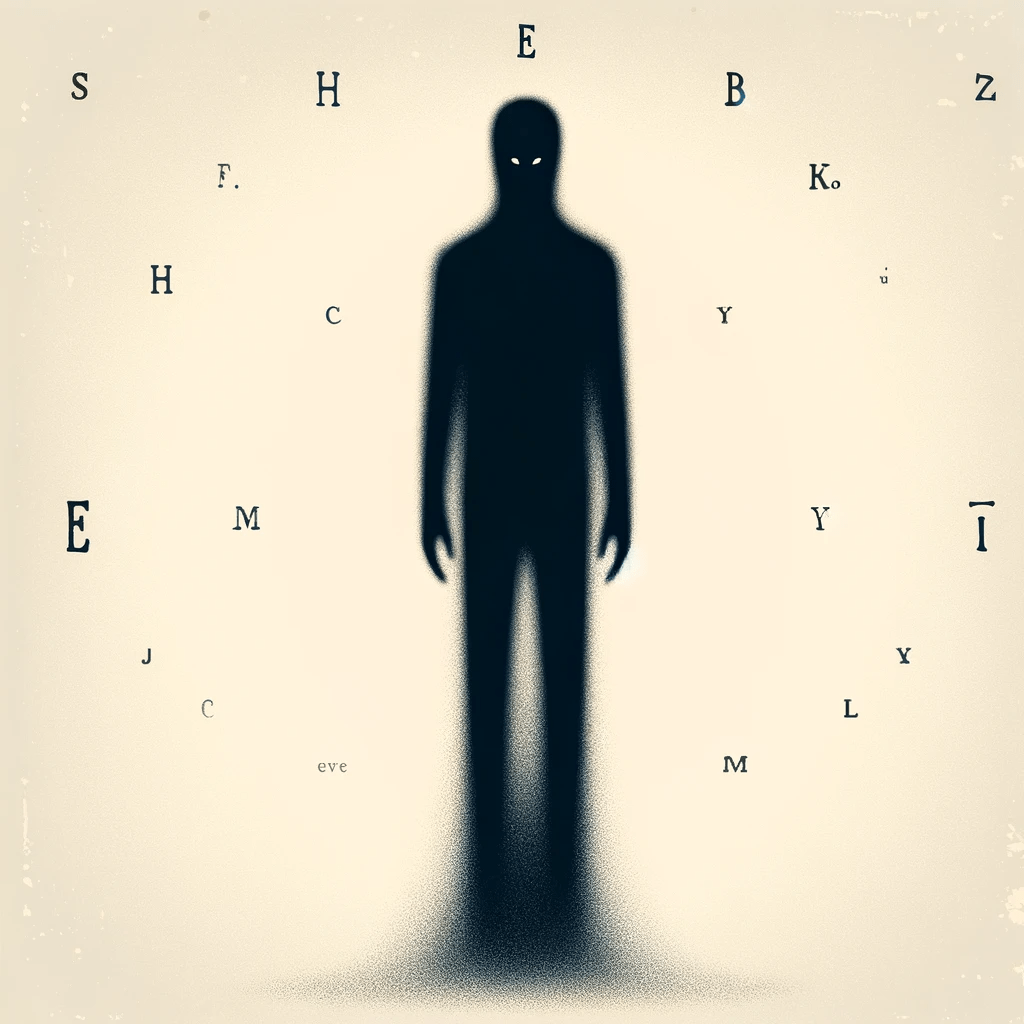Shadow People: An In-depth Exploration

The phenomenon of Shadow People is one that has intrigued and puzzled both laypeople and experts for years. Throughout history, countless individuals have reported sightings of these mysterious, shadowy figures, often described as being human-like in form but existing only as dark silhouettes. These apparitions, usually fleeting and seen in one’s peripheral vision, have become a significant topic of discussion in the realms of paranormal research, science, and pop culture.
Who Sees Them?
Individuals from various walks of life and different age groups have reported witnessing shadow people. Children, adults, the elderly – no particular demographic seems immune. While many report these sightings during the transition between wakefulness and sleep, others swear by their encounters during broad daylight.
What Are They?
At their core, shadow people are perceived as dark, shadowy figures resembling humans. Unlike typical shadows, these entities are described as having a distinct, often unsettling presence. Their movement is typically quick, with them darting out of sight when someone tries to look directly at them. The exact nature of shadow people – whether they are supernatural beings, interdimensional entities, or psychological phenomena – remains a topic of heated debate.
When and Where Are They Seen?
Most accounts of shadow people occur at night, especially during the twilight hours. However, there are plenty of reported daytime sightings too. While many encounters take place in homes, especially bedrooms, there are instances where people claim to have seen them outdoors or in unfamiliar settings like hotels or even while driving.
Why Do They Appear?
The reasons behind the appearance of shadow people are as varied as the theories that attempt to explain them. Some believe they are spirits or ghosts, remnants of souls still lingering in our world. Others theorize they might be visitors from other dimensions, slipping through some unseen crack in our reality.
While the supernatural explanations hold a certain allure, the scientific community offers alternative theories.
- Peripheral Vision Anomalies: The human peripheral vision is less detailed and more prone to detecting motion rather than fine details. This can sometimes result in misinterpretations, especially in low-light conditions.
- Sleep Paralysis: A state where one is conscious but unable to move, usually when transitioning between sleep stages. During this, many experience hallucinations, which can include the sensation of someone present in the room or even visuals of shadowy figures.
- Neurological or Psychological Conditions: Certain conditions like migraines, hallucinogenic states, or even specific mental health disorders might give rise to such visions.
Dr. Neil R. Jones, a renowned neuroscientist, suggests that the phenomenon might be tied to the brain’s processing mechanisms. He posits that in states of semi-consciousness, the brain might “fill in the blanks” and present these as shadowy figures. Conversely, paranormal investigator Helena Martinez believes that while some sightings can be explained away scientifically, others have characteristics that defy conventional explanations.
Rosemary Ellen Guiley’s “The Djinn Connection” looks into the possibility that shadow people might be related to ancient beings known as the Djinn. She provides a compelling argument linking historical records, personal experiences, and paranormal theories. Conversely, “The Science of Ghosts” by Joe Nickell takes a more skeptical stance, attempting to demystify various paranormal phenomena, including shadow people, through a scientific lens.
- Historical Prevalence: Reports of shadowy entities can be traced back centuries and are present in various cultures’ folklore. A detailed examination by the Historical Society Journal found mentions of such figures in ancient Egyptian, Roman, and Chinese writings (Source: Historical Society Journal).
- Brain Functionality: According to a study published in Nature Neuroscience, the brain tends to interpret ambiguous stimuli, like random shapes or patterns, as something familiar or recognizable, like faces or figures (Source: Nature Neuroscience).
- The Dark Watchers: California’s Santa Lucia Mountains have legends of the “Dark Watchers,” tall, shadowy figures seen at twilight, which have been documented by early Spanish settlers and even mentioned in John Steinbeck’s works (Source: Steinbeck Review).
Whether a trick of the mind or beings from another realm, shadow people undoubtedly hold a grip on our collective imagination. As with many mysteries, the truth might lie somewhere in between the known and the unknown, waiting to be uncovered.


